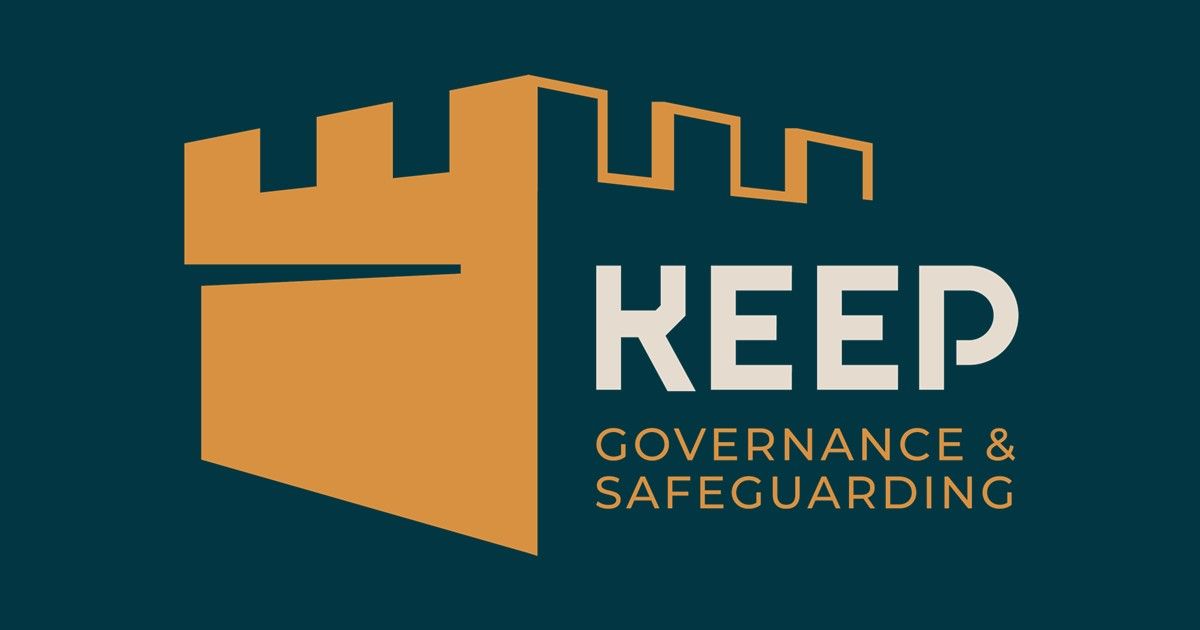Strategic leaders climb the tallest trees
“Injustices are not the exclusive preserve of the unjust; they can be presided over by people who are in all other respects well-meaning and decent.”
In her foreword to the Charity Commission’s statutory inquiry into safeguarding failings at Oxfam in the years after the 2012 earthquake in Haiti, Tina Stowell, The Rt Hon Baroness Stowell of Beeston MBE continued to say, “Being on the side of good is also no guarantee against leaders focussing on the wrong issues, prioritising the wrong things, or missing opportunities to put matters right.”
These words have stuck with me since I first read them, reminding me that while the leaders I work with usually have the right intentions and are well-meaning and decent, their strategic view doesn’t always naturally extend to safeguarding.
A truly strategic view adopts a broad, long-term perspective that encompasses all key elements of organisational practice, but also identifies and takes ownership of the risks faced by the organisation. We will never rid the world of people who want to abuse, neglect or exploit others and all our organisations carry an inherent risk of people using them to access children or adults at risk for these abhorrent purposes. Strong safeguarding arrangements are, therefore, all about risk management.
It may be, that safeguarding is a core part of the work the organisation does but, if not, leaders should still understand the risk to the organisation and to those people it works with, in order to understand and support appropriate risk mitigation. Safeguarding risk management is always evolving and developing and must be owned, resourced and appropriately delegated by organisational leaders.
In his book, Watford Forever: How Graham Taylor and Elton John Saved a Football Club, a Town and Each Other (full disclosure: I am a Hornets fan), John Preston describes a time in 1977 shortly after Graham Taylor took over as manager at Vicarage Road. The fitness of the team was not as good as it needed to be and training sessions would start with running laps around a local park. Not all the players were as committed to this as Graham would have liked, but he seemed to have an uncanny ability to know which players weren’t completing the run as required by him. After a few weeks they came to realise that he was following them to the park and climbing a tree to keep an eye on each of them, wherever they were in the park.
Organisational leaders must take ownership of all aspects of their business, including the risks faced, including safeguarding risks. The key question here is, are they viewing their organisation from a sufficiently elevated position so that they can see safeguarding alongside the rest of their responsibilities.
The word "strategic" is derived from the Greek word "στρατηγός" (strategos) which is a combination of two Greek words "στρατός" (stratos), meaning "army" or "troops" and "ἄγω" (ago) meaning "to lead" or "to guide”. A "strategos" was a military leader responsible for leading armies or managing military operations, often on multiple fronts and needing to execute effective warfare across all of them.
Our work, at Keep Governance and Safeguarding, often includes a focus on the strategic oversight of safeguarding by organisational leaders, sometimes helping them to effectively lead in other areas of responsibility as well. You can think of us as helping you to choose the right binoculars so that you can see more clearly from the higher branches you need to climb to.




